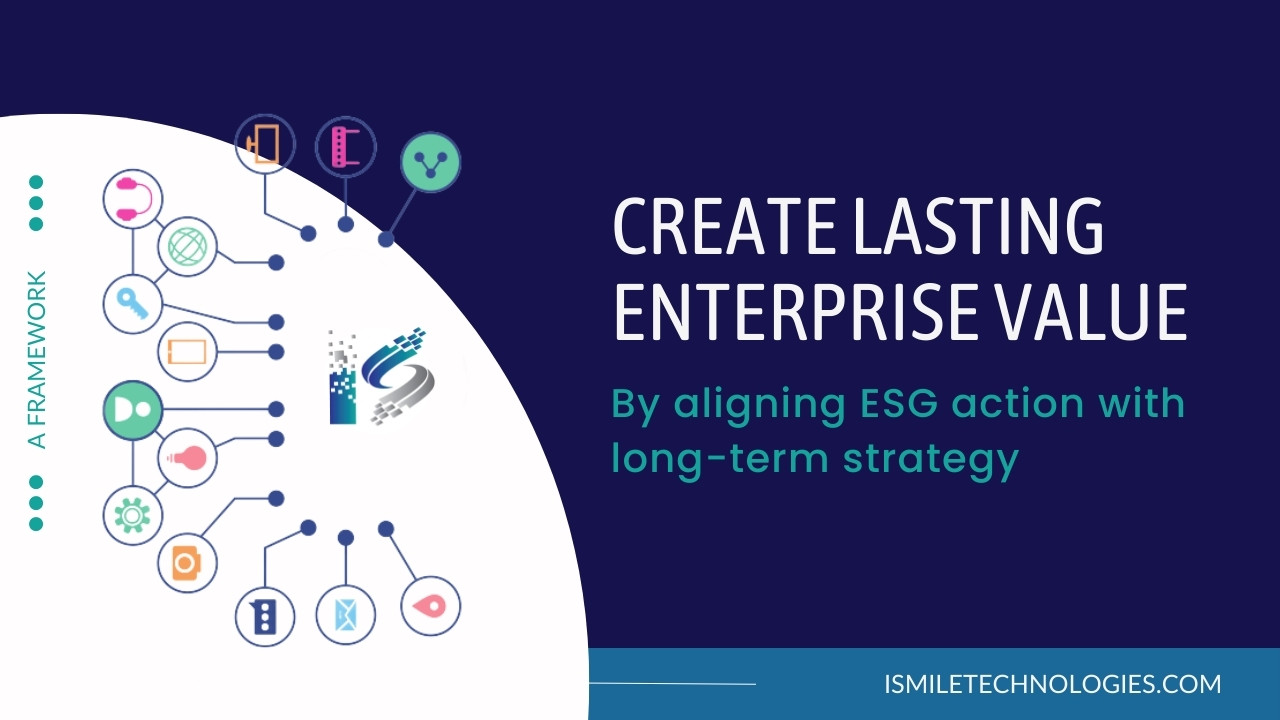Introduction
As businesses navigate a rapidly changing world, it has become imperative to address ESG factors to stay competitive and resilient. ESG encompasses a wide range of issues, including climate change, human rights, diversity and inclusion, supply chain management, and corporate governance. Companies that proactively manage ESG risks and seize opportunities can enhance their reputation, attract investors, foster innovation, and build long-term value.
1. Assessing Materiality
The first step in aligning ESG action with long-term strategy is to identify and assess the material ESG factors that are most relevant to the organization. Materiality analysis involves evaluating the potential impact of ESG issues on the company’s financial performance, brand reputation, and stakeholder relationships. By prioritizing material issues, companies can focus their efforts on areas that have the greatest potential to create value.
2. Integrating ESG into Strategy
Once material ESG factors are identified, they need to be integrated into the company’s overall strategy. This involves aligning ESG objectives with the organization’s mission, vision, and core values. By embedding ESG considerations into strategic planning processes, companies can ensure that sustainability goals are integrated throughout the business and not treated as a separate initiative.
3. Setting Targets and Key Performance Indicators (KPIs)
To drive progress and monitor the effectiveness of ESG actions, it is essential to set clear targets and key performance indicators (KPIs). These metrics should be specific, measurable, achievable, relevant, and time-bound (SMART). By establishing targets and KPIs, companies can track their performance, identify areas for improvement, and demonstrate their commitment to stakeholders.
4. Stakeholder Engagement and Collaboration
ESG issues require a collaborative approach that involves engaging with stakeholders. Companies should actively seek input from investors, employees, customers, suppliers, communities, and other relevant parties. By involving stakeholders in decision-making processes, companies can gain valuable insights, build trust, and ensure that their ESG actions are aligned with stakeholder expectations.
5. Risk Management and Opportunity Assessment
Integrating ESG into long-term strategy involves effectively managing risks and identifying opportunities. Companies should conduct rigorous risk assessments to understand the potential impacts of ESG factors on their operations, supply chains, and reputation. Simultaneously, they should explore innovative solutions and business models that leverage ESG trends to create value, drive innovation, and open new market opportunities.
6. Performance Tracking and Reporting
Transparency and accountability are crucial in demonstrating the effectiveness of ESG actions. Companies should establish robust systems to track and report on their ESG performance regularly. This includes disclosing relevant ESG data, metrics, and targets to stakeholders. By providing transparent and credible information, companies can enhance trust, attract investors, and differentiate themselves in the market.
Need help on maintaining Azure Security Center Secure Score of Clients?
Our experts can help you on all kinds of works on Azure Security Center.
Conclusion
By aligning ESG action with long-term strategy, companies can create lasting enterprise value while addressing societal and environmental challenges. This framework provides a roadmap for organizations to integrate ESG considerations into their strategic decision-making processes effectively. By doing so, companies can strengthen their competitive advantage, foster stakeholder trust, and contribute to a sustainable future.








